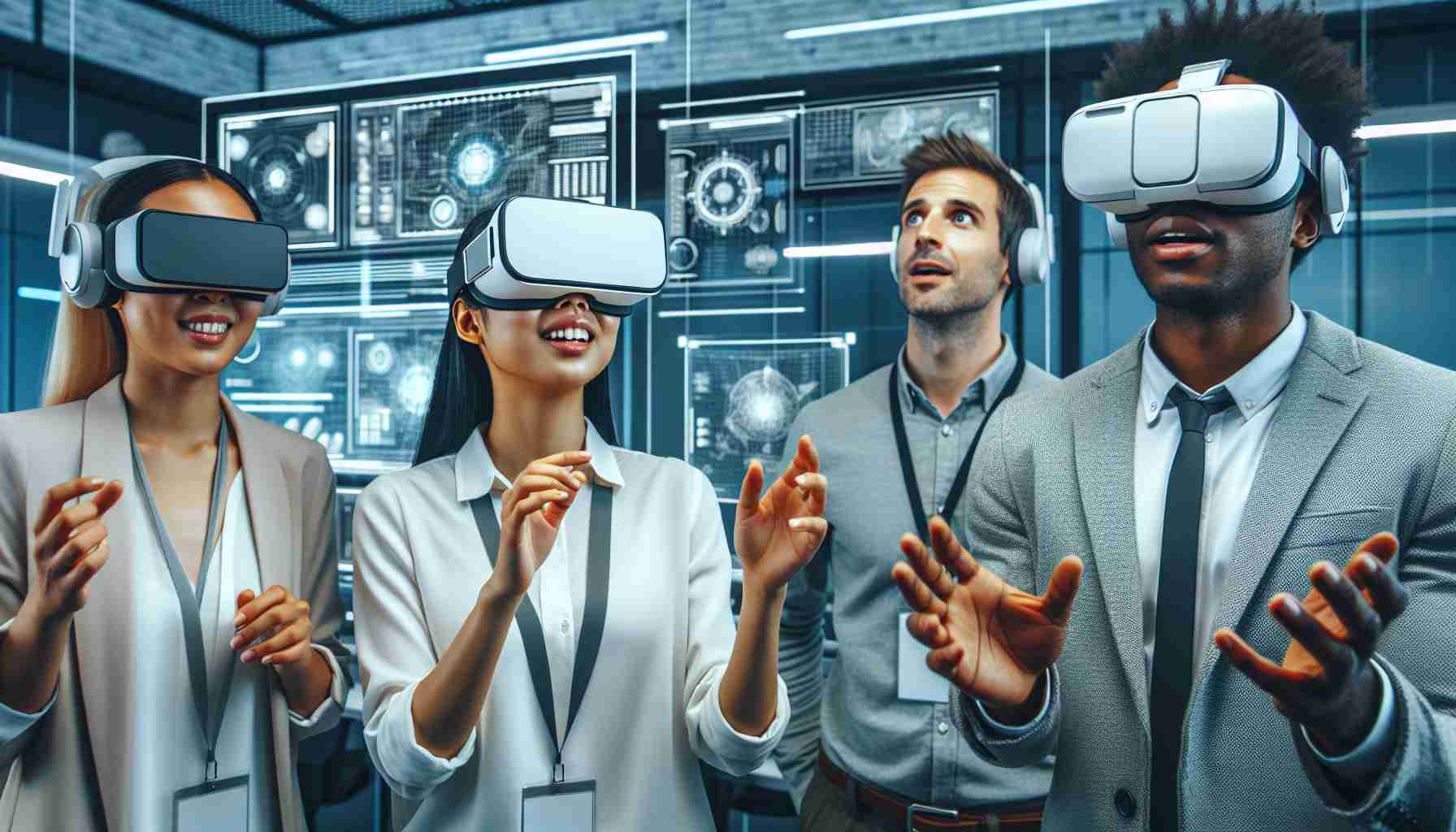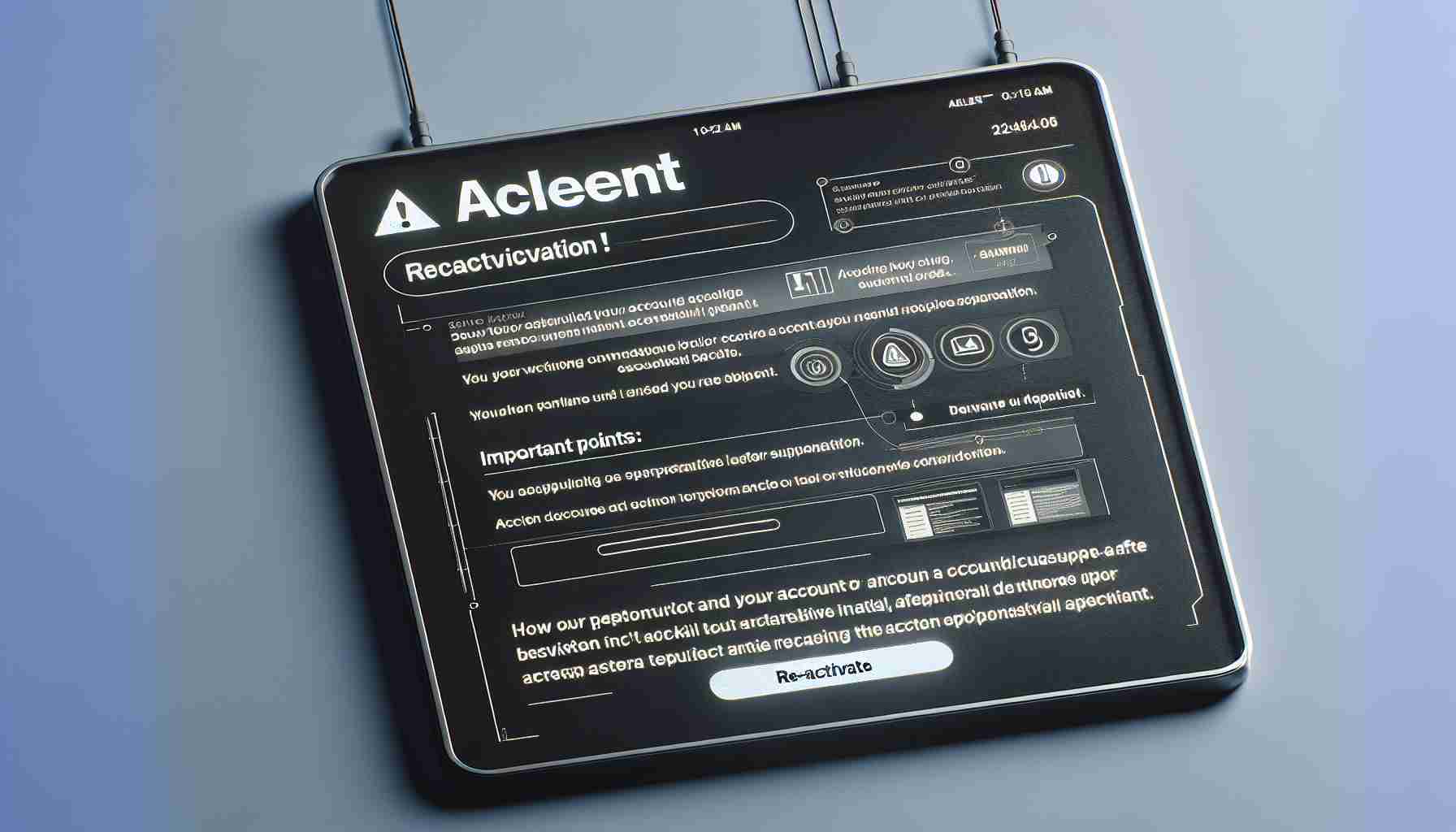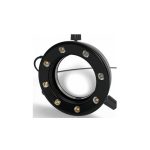Meta and Apple are on a quest to redefine comfort in virtual reality (VR) technology, focusing on enhancing the user experience. These two tech giants have recognized that despite the immersive capabilities of their VR headsets, there is a common barrier: discomfort during use. Consumers are often deterred from fully enjoying or adopting VR primarily due to issues related to fit and usability.
Recently, both companies have filed patents outlining advanced head strap designs aimed at improving how their headsets are worn. For instance, Apple’s approach involves a versatile head strap that can be customized for different pressure distribution across the user’s head and face. This flexibility is intended to ensure that users can wear the Vision Pro for extended periods without discomfort.
Meanwhile, Meta is developing a unique tightening mechanism for its headsets. The proposed pulley system offers a more intuitive way to adjust the fit, which promises to enhance comfort significantly compared to existing models. This innovation is crucial as prolonged wear can lead to dissatisfaction and deter potential users.
While these developments are promising, the current bulky nature of VR headsets still presents a challenge. Many believe that until the technology can be compacted into lightweight forms, like regular glasses, VR may struggle to gain widespread acceptance. As both companies continue to explore design improvements, the emphasis on user comfort remains vital for the future of VR technology.
Innovative Comfort Solutions in Virtual Reality Headsets: Additional Insights
In addition to advancements in strap design and adjustment mechanisms, there are several other innovative comfort solutions being explored that contribute to enhancing user experience in virtual reality (VR) headsets.
Active Cooling Technologies are becoming a key area of interest. Extended sessions in VR can lead to discomfort due to heat build-up. Companies are researching ways to integrate lightweight cooling elements into headsets that can actively manage thermal comfort without adding significant weight.
Adaptive Padding Systems are another area of innovation. By utilizing smart materials that change their properties based on pressure and temperature, manufacturers can create padding that molds to the user’s face, reducing pressure points and improving overall comfort.
Customizable Fit Features are increasingly important. With the advent of 3D scanning technology, VR companies can offer personalized headsets tailored to the unique dimensions of individual users’ heads, providing a truly bespoke fit that significantly enhances comfort.
Most Important Questions:
1. What are the primary discomfort issues users face with current VR headsets?
– Many users report discomfort related to weight, pressure points, and thermal buildup during extended use.
2. How do new technologies in headset comfort affect user experience?
– Enhanced comfort solutions can lead to longer usage times, increased user satisfaction, and broader adoption of VR technology.
3. What role does design play in the adoption of VR technology?
– A well-designed, comfortable headset can remove barriers to entry and encourage more users to explore VR experiences.
Key Challenges and Controversies:
– One significant challenge is balancing comfort with functionality; lightweight, comfortable designs may sometimes sacrifice features or durability.
– There is also a debate on standardization versus customization; while personalized fits can improve comfort, they may complicate manufacturing and inventory processes for companies.
Advantages of Innovative Comfort Solutions:
– Improved user satisfaction and engagement with VR content.
– Increased market penetration and adoption of VR technology across various demographics.
Disadvantages:
– Potentially higher manufacturing costs due to complex designs and materials.
– The risk of over-engineering products, leading to subpar user experiences if new features are not implemented effectively.
For further reading on VR technologies and innovations, you may find these resources helpful:
– Road to VR
– VRScout
– UploadVR






















